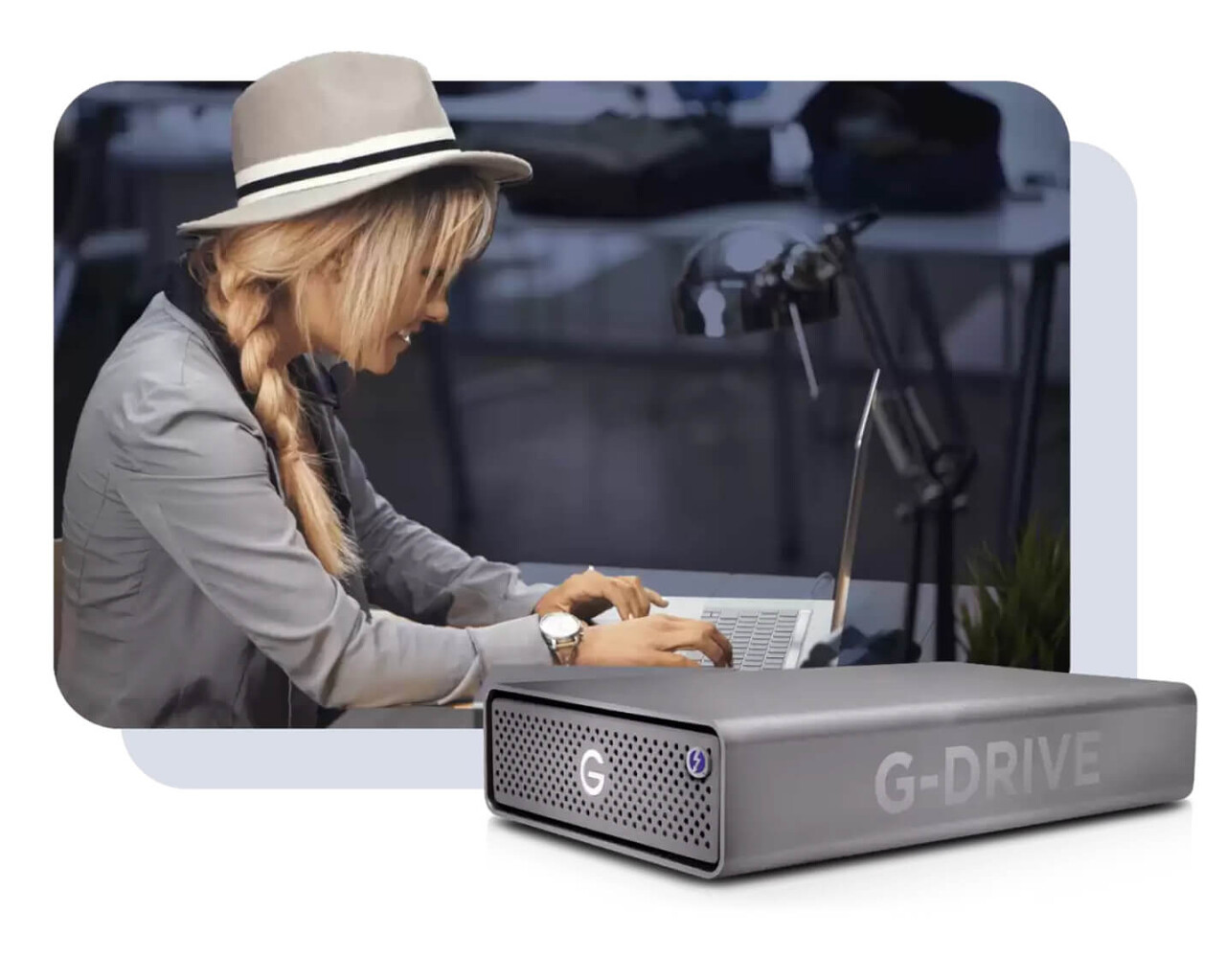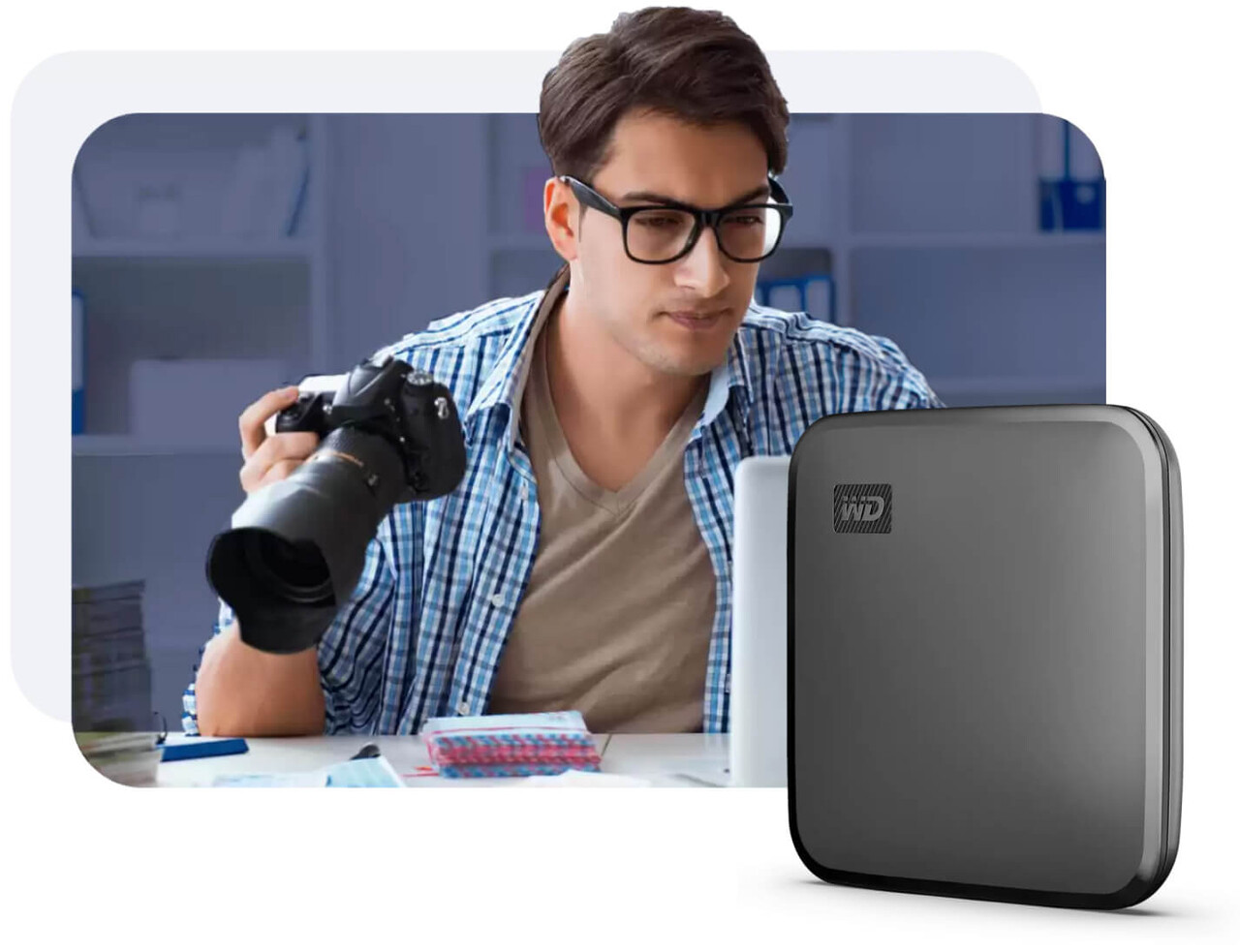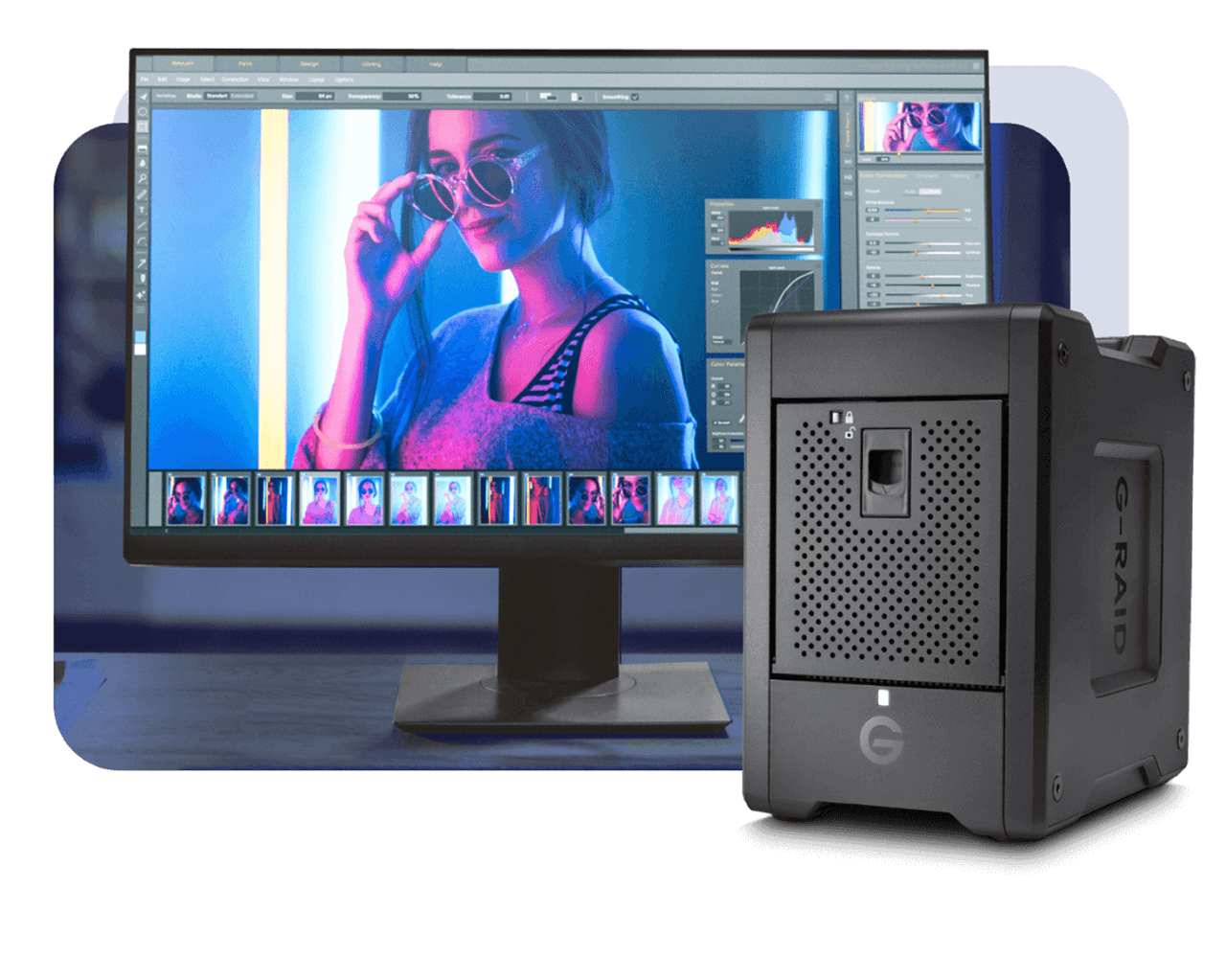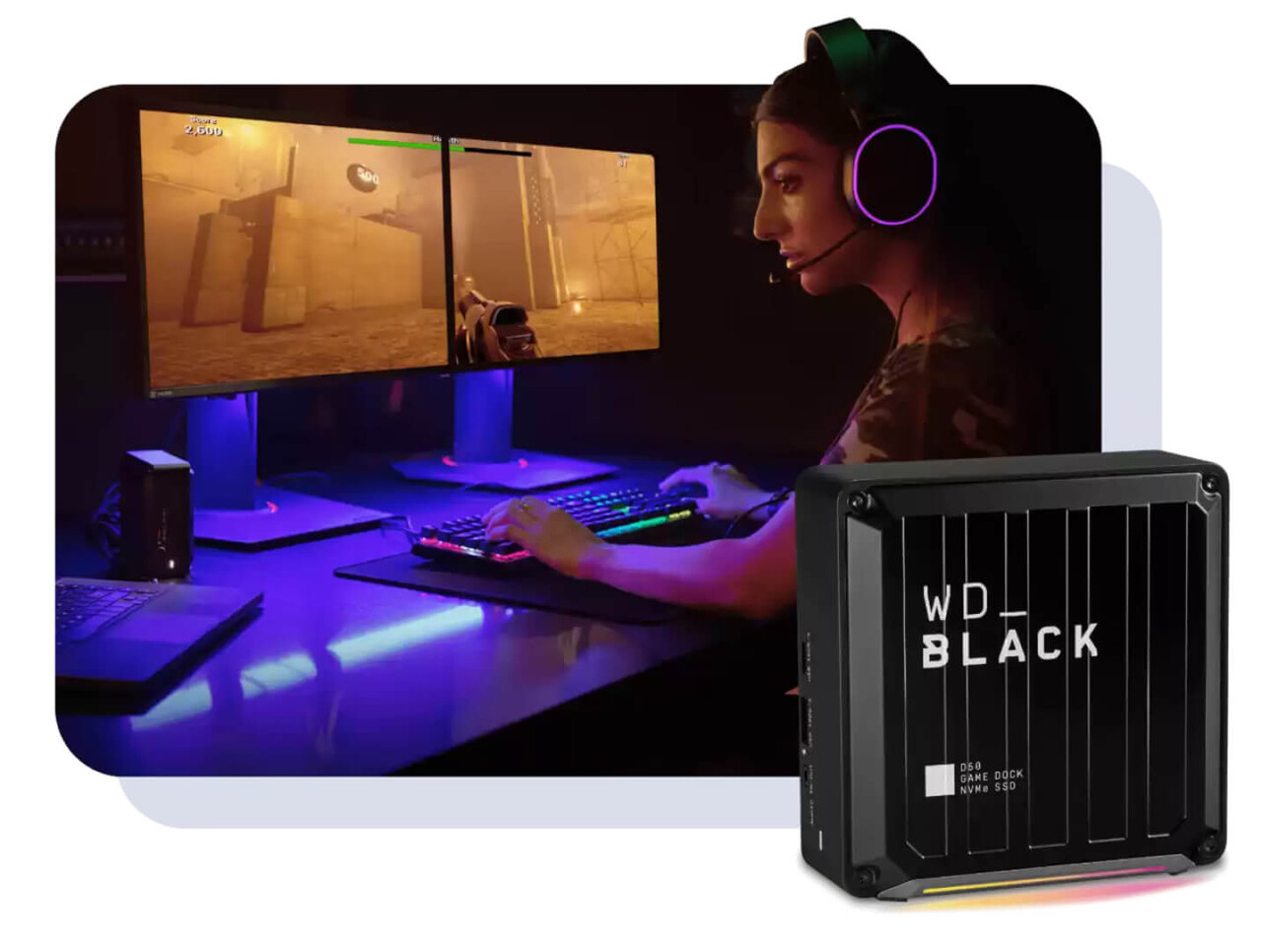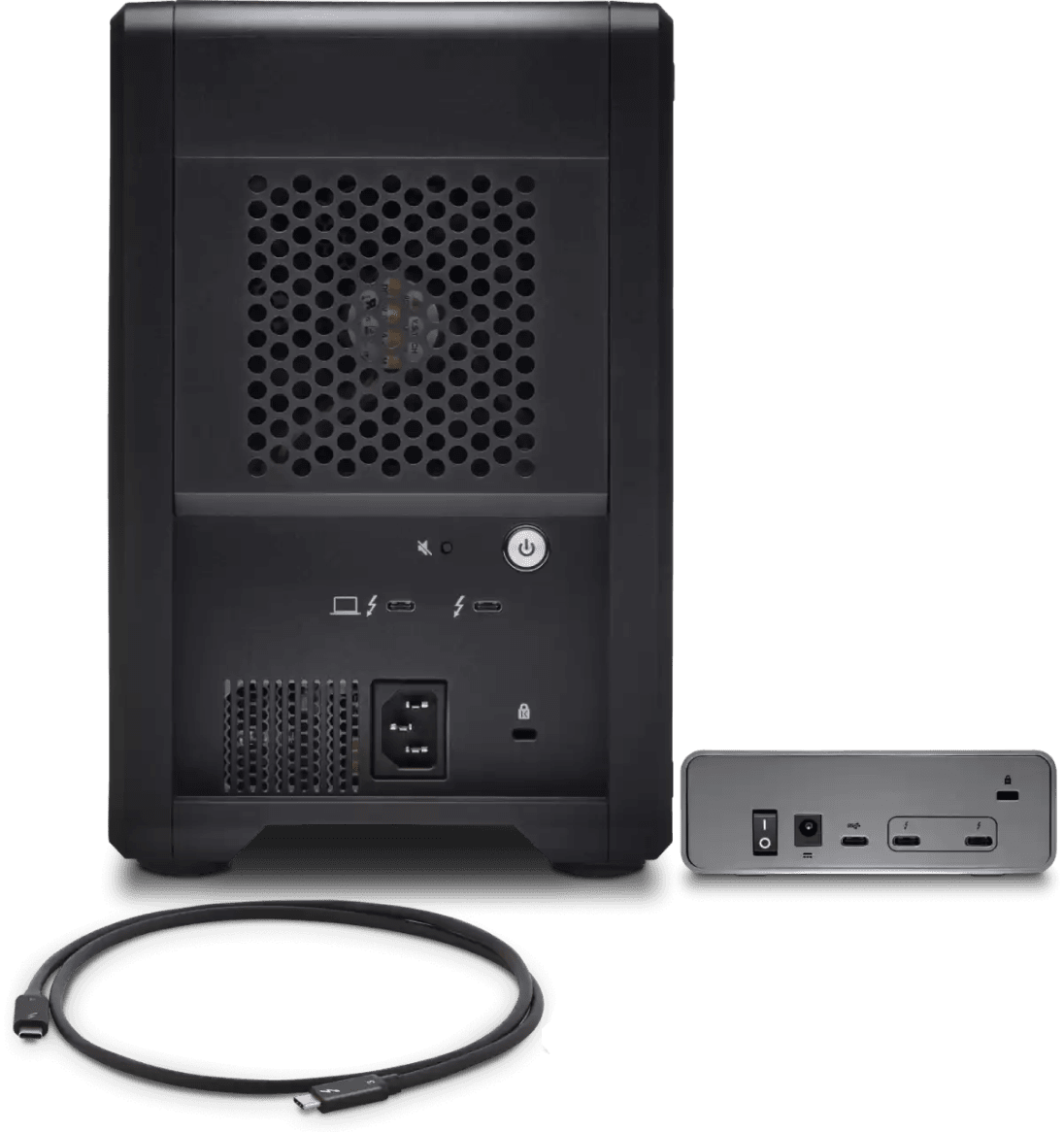Thunderbolt™ vs. USB-C™


Wat is Thunderbolt? Wat is USB?
Thunderbolt- en USB-protocoltechnologie dienen voor het overdragen van gegevens, het weergeven van video, het afspelen van audio en het opladen van apparaten. Het verschilt schuilt in de mate van ondersteuning die wordt geboden voor elke activiteit en het type accessoires dat hierbij kan worden aangesloten.

Wat is USB-C?
USB-C is de vorm van de connector aan het uiteinde van een kabel, evenals het type poort waarop je die kabel aansluit. Het is echter geen specifiek protocol op zichzelf. Thunderbolt 4-, Thunderbolt 3-, USB4- en USB 3.2-protocollen maken allemaal gebruik van USB Type C-kabels en poorten. Alleen sommige kabels en poorten zijn gecertificeerd voor Thunderbolt.
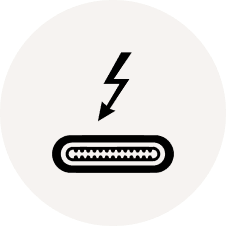
Voordelen van Thunderbolt
Thunderbolt is over het algemeen gezien de snelste, meest veelzijdige technologie op de markt die topsnelheden kan bereiken, meerdere beeldschermen met hoge resolutie tegelijk kan aansluiten, opslagapparaten in serie kan schakelen en meer, allemaal via een enkele poort.
- Meest geschikt voor intensieve, creatieve workflows
- Meest geschikt voor serieschakeling
- Meest geschikt voor randapparaten
- Meest geschikt voor sneller opladen
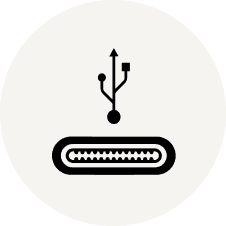
Voordelen van USB
USB, of Universal Serial Bus, is het meest gebruikte protocol voor het overdragen van gegevens van en naar opslagapparaten, het verbinden van accessoires zoals je muis en toetsenbord, en het opgeladen houden van je alledaagse apparaten.
- Meest geschikt voor alledaagse taken
- Meest geschikt voor snelle, eenvoudige installatie
- Meest geschikt voor universele compatibiliteit
- Meest geschikt voor betaalbaarheid
Thunderbolt- en USB-generaties met elkaar vergelijken
Neem de controle over aangesloten workflows in handen door meer te leren over USB vs. Thunderbolt.
| Thunderbolt 4 | Thunderbolt 3 | USB 4 | USB 3.2 | |
| Gegevensoverdracht | 40 Gbps | 40 Gbps | 20 Gbps/40 Gbps | 40 Gbps |
| Video | Twee 4K-beeldschermen Eén 8K-beeldscherm | Twee 4K-beeldschermen Eén 5K-beeldscherm | Twee 4K-beeldschermen Eén 8K-beeldscherm | Twee 4K-beeldschermen |
| Voeding/Opladen | Kabel tot 100 W Poort minimaal 15 W | Kabel tot 100 W Poort minimaal 15 W | Kabel tot 100 W Poort minimaal 7,5 W | Kabel tot 100 W Poort minimaal 4,5 W |
| Serieschakeling | Ja (maximaal 6 apparaten) | Ja (maximaal 6 apparaten) | Nee | Nee |
| Passieve kabellengte | 2 M | 0,8 M | 0,8 M | 1 M |
| Verplichte certificering | Ja | Ja | Nee | Nee |
| Achterwaartse compatibiliteit | Volledig | ≥1 m = 480 Mbps (USB) | Volledig | Volledig |
| Connector | USB-C | USB-C | USB-C | USB-C, USB-A |
